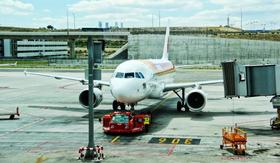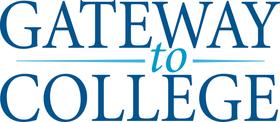Unlocking Airport Career Opportunities: Your Guide to Ground Jobs
As a classical musician, teacher, and writer, I've always been fascinated by the intricate symphony of airport activity. Indeed, as I write this, I have the live cam at Midway Airport in Chicago streaming dozens of Boeing 737s in Southwest Airlines fleet being deiced. Also, there's a team of runway sweepers called "brooms" sweeping the snow off the active runway and taxiways and planes taking off and landing. Yes, I am an unabashed Av Geek!
In any case, I want to highlight some of the jobs essential to the smooth operation of the more than 5100 airports with commercial airline service in the U.S.A. It's not just the planes that keep things moving; the hardworking individuals on the ground ensure everything runs smoothly. As you can see from the list below, there is a job at an airport for anyone with any background, experience, and training. If you've been laid off or are just starting your career, check out what your local airport offers.
From the moment you step into the airport until your plane takes off, countless professionals work behind the scenes to make your journey possible.
- These unsung heroes include check-in agents who greet you with a smile (and lightning-fast keyboard skills).
- These baggage handlers ensure your luggage reaches your destination, and aircraft mechanics keep those metal birds in top shape.
- Let's not forget the air traffic controllers orchestrating a complex aerial

















